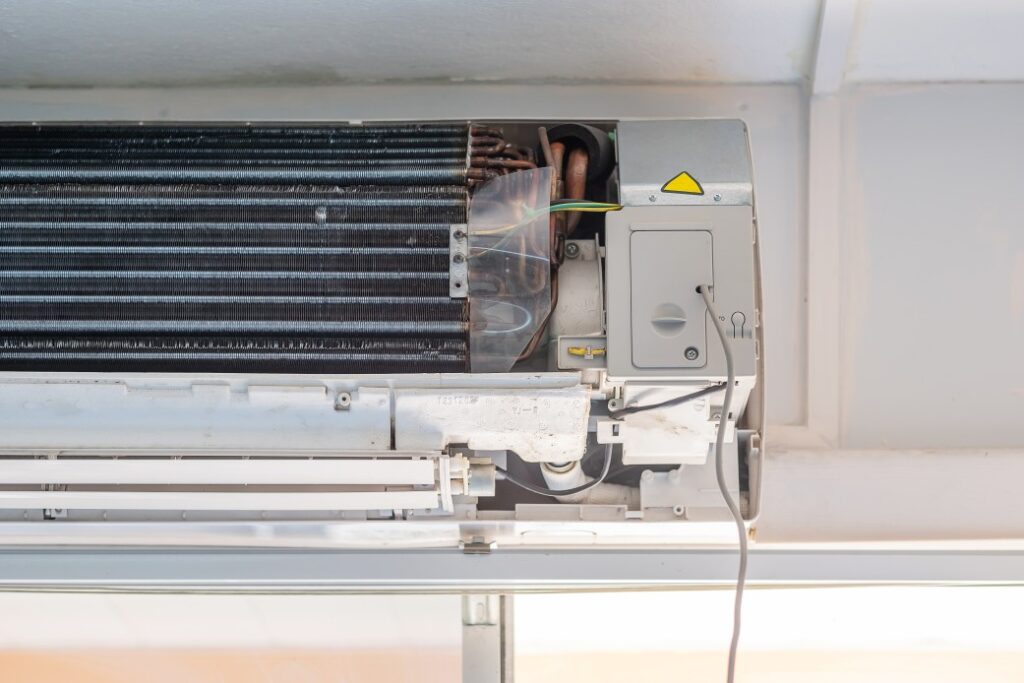We typically encounter a lot of scorching summer days in Queensland. While certain areas near water may benefit from natural cooling breezes, many of us need an alternate method of staying cool.
It appears that with the current global climate change process, we will face ever more dramatic temperature fluctuations. And with rising energy costs, effective cooling techniques must be implemented in your house.
Many individuals are searching for alternatives to their cooling needs. Some use creative new house designs to minimise heating and cooling expenses utilising natural light and ventilation. Others attempt to develop a more ecologically friendly cooling option.
Some people are searching for the best method to build a new cooling system for their new house as part of the design. Others want to refurbish old homes and units that have not been constructed to utilise cooling systems.
It is essential to select a technology that meets the demands and specifications of the area to be used.
How evaporative cooling works
There are many distinct kinds of refrigeration systems. Often when the summer arrives, we seek the answer when our living area becomes a little warmer. It is essential that they can function as effectively as possible due to the considerable expense of operating a cooling system.
The energy price is still rising, and it seems like it will be a long time before we see price reductions. When you choose a system that gives you the answer you need while reducing the amount of money you need to pay to operate it, it will be essential to consider.
Evaporative cooling is one of the most common methods used for a long time. If you’ve ever engaged in an activity that caused you to sweat and your t-shirt to get wet and then sensed a wind that made you feel chilly due to the moisture in your shirt, you’ve encountered evaporative cooling.
Evaporative cooling history
This was the first cooling technique utilised by mankind in its simplest form. The concept is straightforward. The evaporation process of water decreases the temperature.
Originally, the fundamental idea was to moisten some textile material that would enable the water to evaporate. The temperature surrounding the substance would be lower. The science is that heat is taken from the air to transform the liquid water into water vapour.
Keeping the outback cool
In Australia’s outback, a wooden-framed cabinet with side panels made of cotton or Hessian material was the original cooling method without electricity. During the day, this material was kept wet, and the breeze could blow the material.
Evaporation would occur, which would reduce the temperature and keep the contents cooler within the cabinet. The substance has also played an essential function in preventing insects from flying away from meals.
This cabinet was frequently referred to as a Coolgardie safe or cooler because the design was created on Coolgardie goldfields.
Modern evaporative coolers
The evaporative coolers we use today are, however, far more sophisticated. The most effective is a natural and energy-efficient cooling technique in low humidity regions. So, Queensland is an appropriate climate when you contemplate evaporative cooling.
In an evaporation cooler, water from a built-in reservoir is typically circulated by a pump on a specifically designed pore cooling pad that can retain water. An electric fan then draws air into the device that flows through the humidifier pad.
The warmer air travels through the pad, transferring the heat to the water, which evaporates as the water vapour, thus reducing the air temperature.
One essential factor in maintaining an effective evaporative cooling process is the full saturation of the cooling plugs.
It is also essential to ensure that the voltage and electric engine are of the best size so that the airflow through the pad is adequate and the cooling air output meets the environmental requirements of the cooler system.
Cooling Walls
Increased interest in this technology is stimulating innovation in the design of evaporative cooling systems. The water-based evaporative cooling walls are one of the most intriguing new ideas.
This method can be a very efficient cooling solution for buildings while also providing extra insulation advantages that make them useful in the winter. It is ideal for use in animal shelters, warehouses, industries, and big public areas.
Evaporative cooling systems with two stages
Two-stage evaporative cooling methods have improved enough efficiency to be utilised in Doha and Dubai, where these are often used in conjunction with other conventional air conditioning systems to achieve significant savings.
There has also been an emphasis on developing tiny air conditioning systems that use very little energy, utilising them in conjunction with solar arrays. This makes perfect people realise that there is likely to be enough sunlight available to power them throughout the warmest periods of the year. There are also tiny evaporative cooling devices that may be placed on a workstation.






